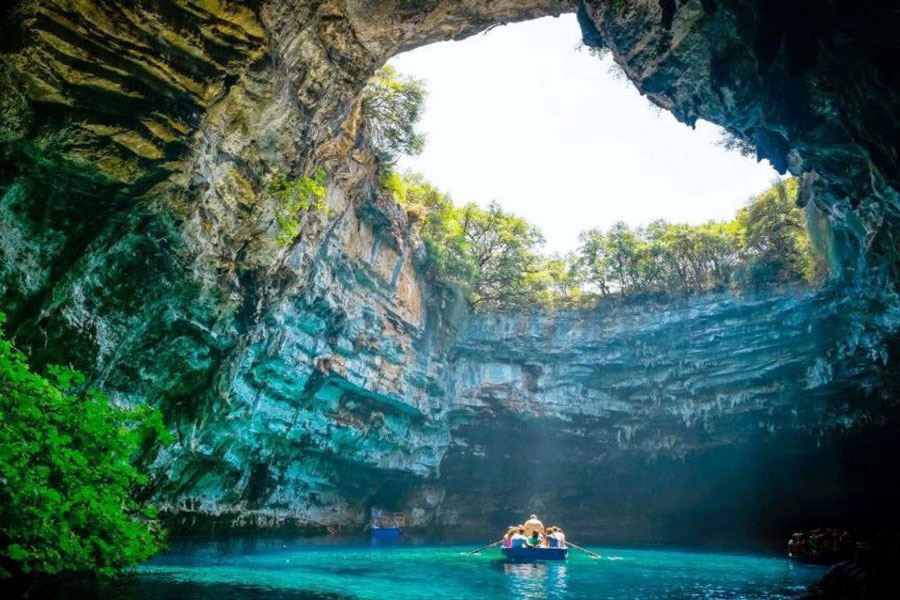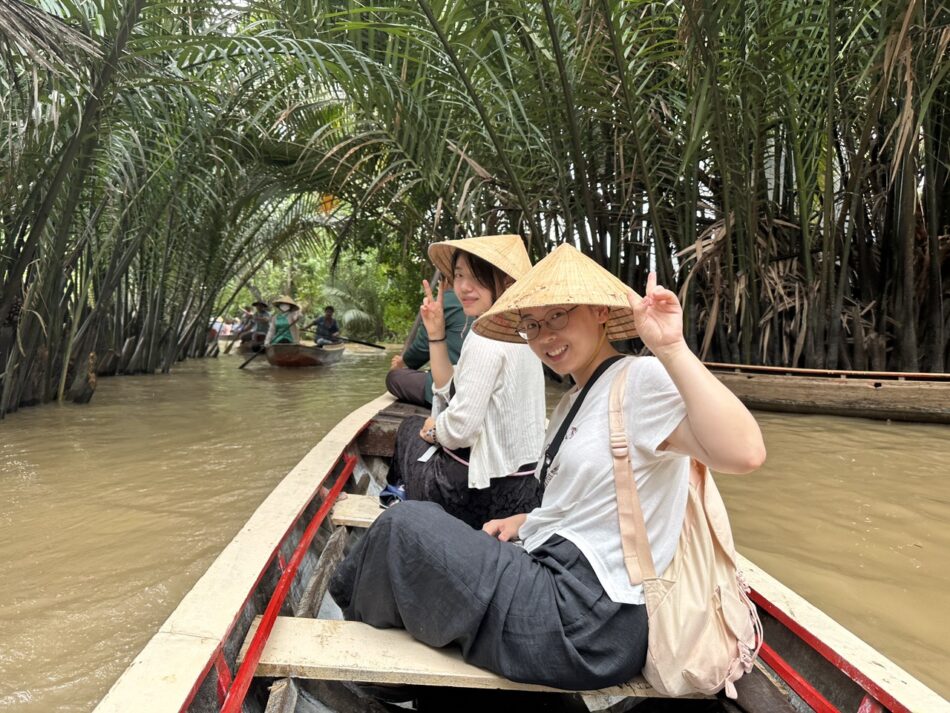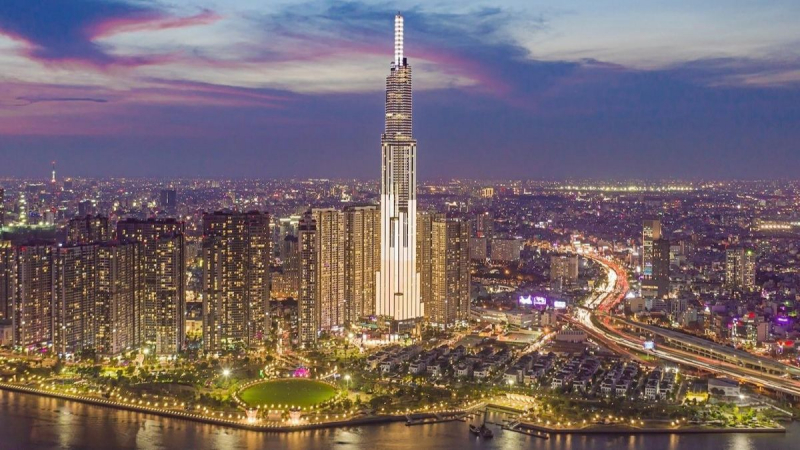With naturally primitive features, Paradise Cave looks like a landscape painting; making it a natural wonder that many have enjoyed since its opening in 2010. According to spelunkers (cave explorers), the deeper one journeys into the cave, the more one feels the wells of heavenly clarity all around. The cave can reach up to 72 m high and up to 150 m wide. There are a series of white crystal stalactites (limestone deposits) resembling natural pillars and many other spectacular formations. Paradise Cave (Hang Thien Duong) was discovered by scientists of the British Caving Research Association in 2005. It has a length of 31.4 km, and is the longest dry cave in Asia.
Phong Nha cave is not only a natural legacy of the world. It also stands as a relic system of the historic Ho Chi Minh trail which, during the US war, served as a secret hiding place for floating bridges that were only brought out at night to avoid targeted bombings. These bridges were key components in the supply chain from the north to the south by allowing supply trucks to cross the rivers. It also once served as a hospital, with weapons installed at the entrance. Once its location was discovered, it was heavily bombed, resulting in the external scarring you see today. This area has now become the first section of the ever popular Ho Chi Minh trail, as it showcases a lush, mountainous landscape.















